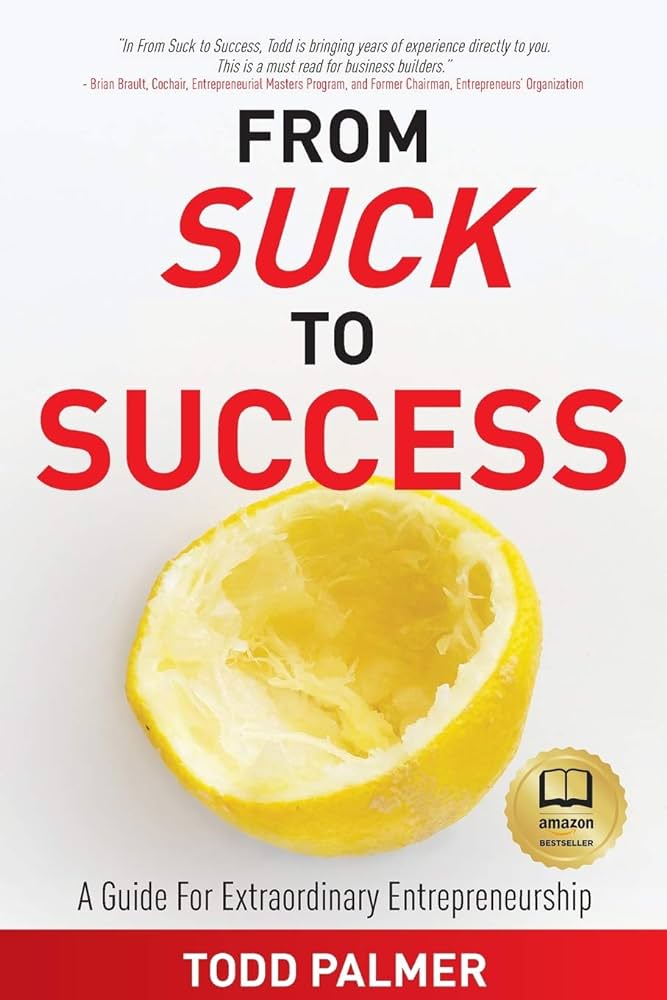Leadership Styles Differ: Work vs. Home- and why bringing your “CEO voice” to the dinner table usually backfires
I have seen this happen over and over again- The leadership style that drives performance at work often creates disconnection at home.
At work, we operate in a top-down dynamic — CEO and team, boss and employee.
That’s not bad. It’s functional.
Businesses need clarity, structure, and accountability.
But at home? That same style usually falls flat.
What your partner or kids need isn’t a boss — it’s a collaborator.
The Trap of “CEO Energy”
Entrepreneurs are wired to fix things.
We see a problem, we create a system.
We see misalignment, we add structure.
And that works great — in the office.
But the same “I’ll take charge” energy that produces results at work can create resentment at home.
Your spouse doesn’t want to be managed.
Your kids don’t want to be optimized.
And you can’t KPI your way to connection.
As Dr. Daniel Goleman — author of Emotional Intelligence — discovered in his research, the best leaders adapt their style to the situation. A directive, top-down style works in business emergencies, but in relational environments, it kills trust.
At home, you don’t need compliance. You need collaboration.
A Story from Real Life
Recently, one of my coaching clients came to me exhausted.
Every evening ended in conflict over their child’s homework.
They tried reminders, checklists, pep talks, even “performance reviews.”
It all sounded good in theory.
But at home, it just sounded like… control.
Their child — diagnosed with ADHD — was tuning them out.
Finally, they brought in an ADHD coach who reframed the problem entirely.
Instead of controlling, they chose to co-create.
Together, they came up with a simple system that aligned with the family’s core value of education:
Every afternoon, before leaving school, their child emails both parents a short list of assignments.
That’s it.
No nagging, no micromanaging, no battles.
The system worked because it gave structure without shame.
Neuroscientist Dr. Russell Barkley, who’s studied executive function and ADHD for decades, notes that predictable systems reduce anxiety and increase autonomy.
This wasn’t about control — it was about building ownership.
The shift from top-down to collaborative leadership turned conflict into teamwork.
Why This Matters
At work, authority creates alignment.
At home, it often creates resistance.
When you bring your “CEO voice” into personal relationships, it can sound like dominance — even when it’s coming from care.
Decades of research from Dr. John Gottman at the University of Washington show that relationships thrive on shared influence. In his “Love Lab,” Gottman found that couples who share decision-making power have significantly higher trust and longevity.
And here’s the parallel I see in leadership every day: the same empathy and curiosity that create psychological safety at work — what Dr. Amy Edmondson calls “the confidence that one can speak up without fear of punishment” — are what build emotional safety at home.
So if you’re leading a high-performing team and a high-functioning family, the skillset is the same:
Influence beats authority.
Safety beats structure.
How to Recalibrate Your Leadership Style
If you’ve ever noticed tension between how you lead at work and how you show up at home, try this four-step reset:
1. Check your intention before your tone.
Ask yourself: Am I trying to control or connect?
That micro-pause creates macro results.
As neuroscientist Dr. Daniel Siegel teaches, naming your emotional state (“I’m feeling anxious about this”) quiets the amygdala — your brain’s alarm system — and helps you respond instead of react.
Curiosity regulates connection better than control ever can.
2. Create “rules of engagement.”
Just like a company has core values and meeting rhythms, families need them too.
Dr. Murray Bowen’s Family Systems Theory emphasizes that healthy families function like well-led teams — clear roles, open communication, and shared responsibility.
Or, as Patrick Lencioni might say, clarity before accountability.
Define what respect means. What accountability looks like. What your family values most.
When everyone knows the “why,” discipline feels empowering — not oppressive.
3. Lead with shared ownership.
At home, leadership isn’t about compliance; it’s about co-creation.
Ask questions that invite collaboration:
“How can we solve this together?”
“What would help you feel more supported?”
Gottman found that even small moments of shared decision-making predict relationship stability years later.
4. Let go of being right — aim to be real.
Connection beats control every time.
You don’t need to win an argument to lead effectively.
You just need to show that everyone’s voice — including yours — matters equally.
A Subtle but Crucial Distinction
This isn’t a gender issue — it’s a conditioning issue.
We lead the way we’ve been rewarded to lead.
At work, decisive energy earns respect.
At home, that same energy can erode connection.
True wisdom is knowing which version of yourself the moment needs.
As Chip Conley says in Wisdom at Work,
“Wisdom isn’t about knowing all the answers. It’s knowing which version of yourself the situation calls for.”
At work, that might be the CEO.
At home, it’s the collaborator.
Final Reflection
Here’s what I’ve learned as both a coach and a dad:
Leadership isn’t one-size-fits-all.
The tone that inspires performance at work can quietly damage trust at home.
So, here’s your reflection this week:
Where are you showing up as a CEO when you should be showing up as a collaborator?
And what might shift if you led your family the way you want your best team to feel — safe, seen, and supported?
Because the true measure of leadership isn’t just the business you build —
It’s the relationships you sustain while building it.
With Gratitude,



